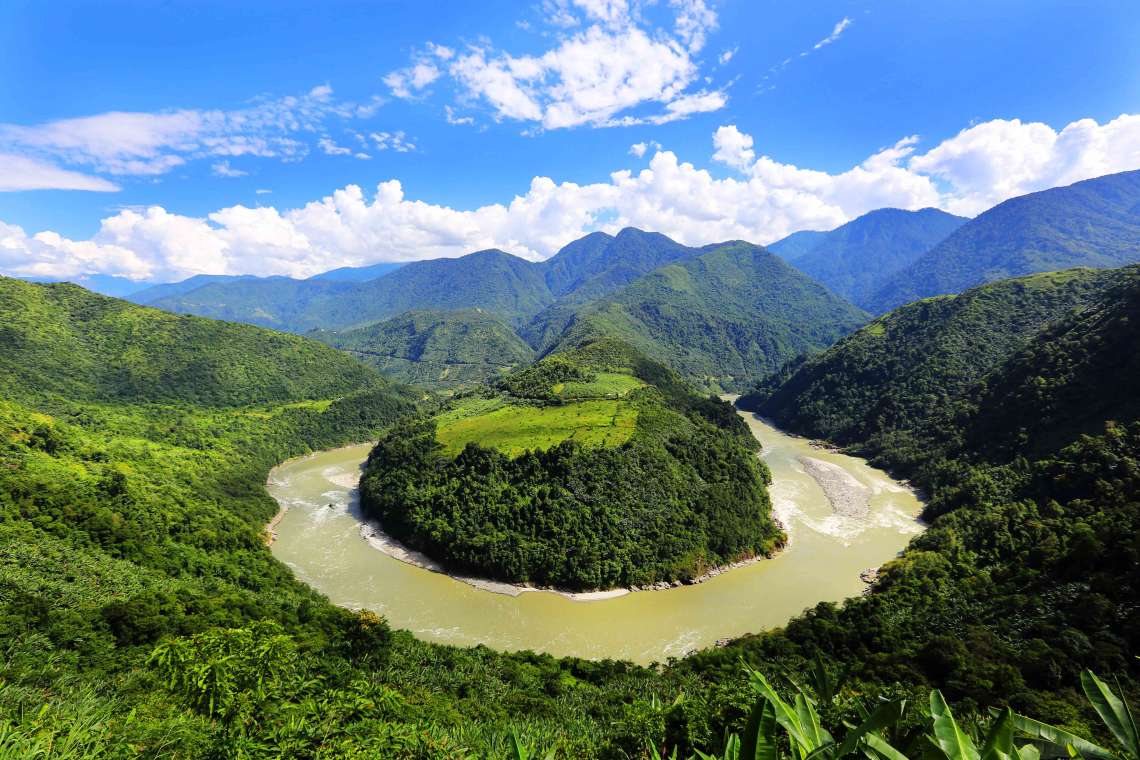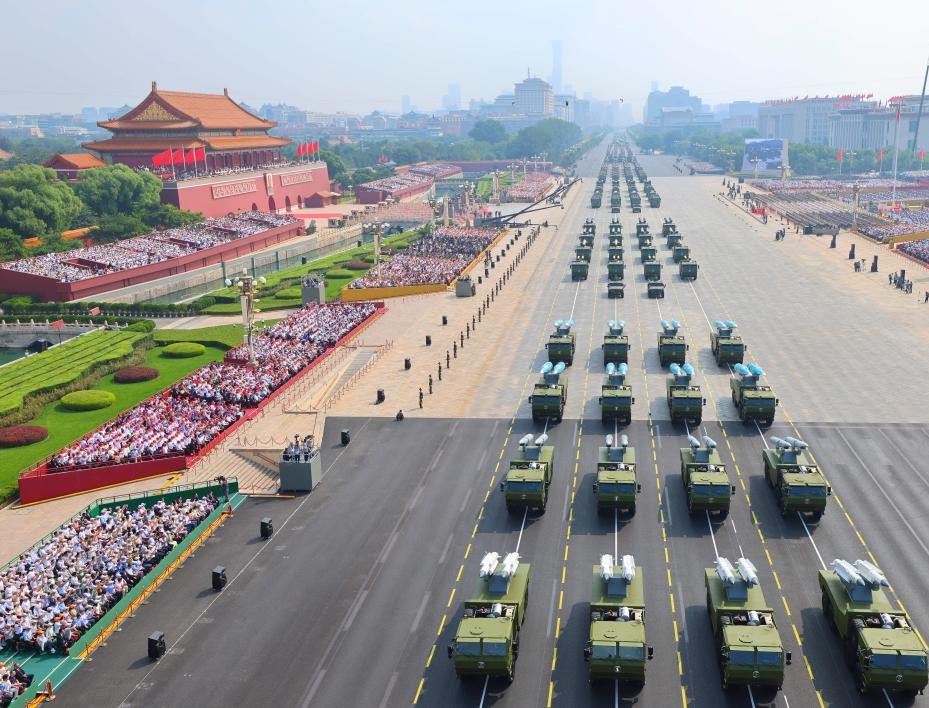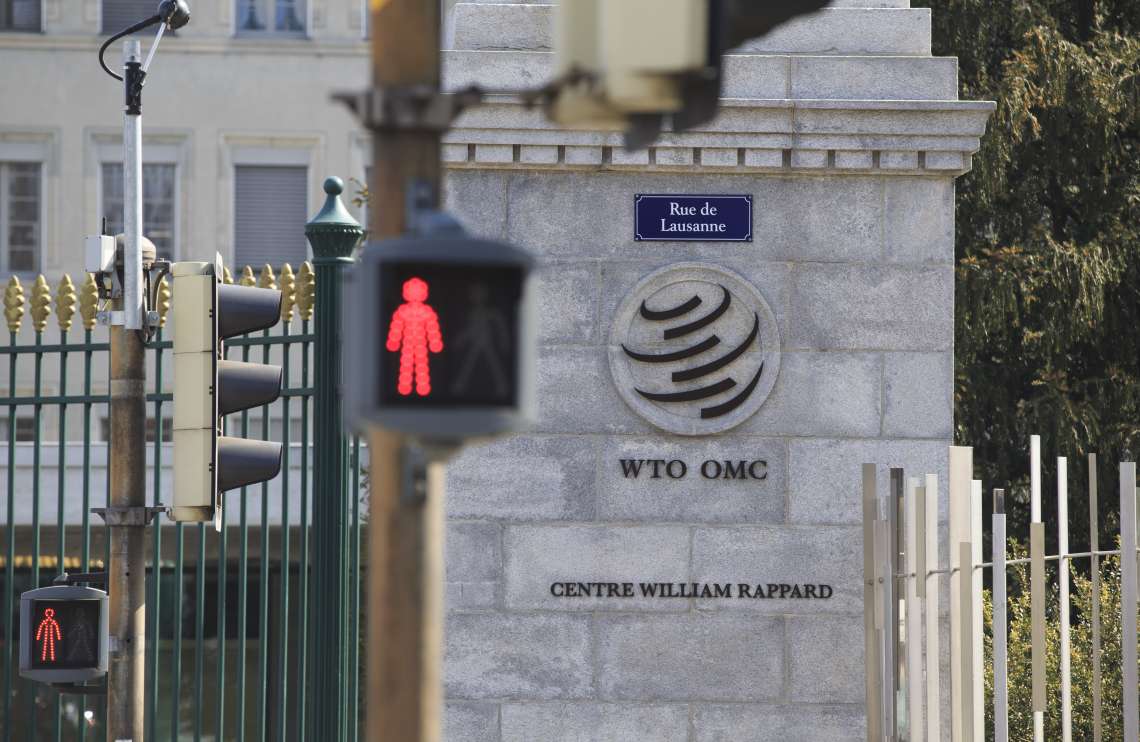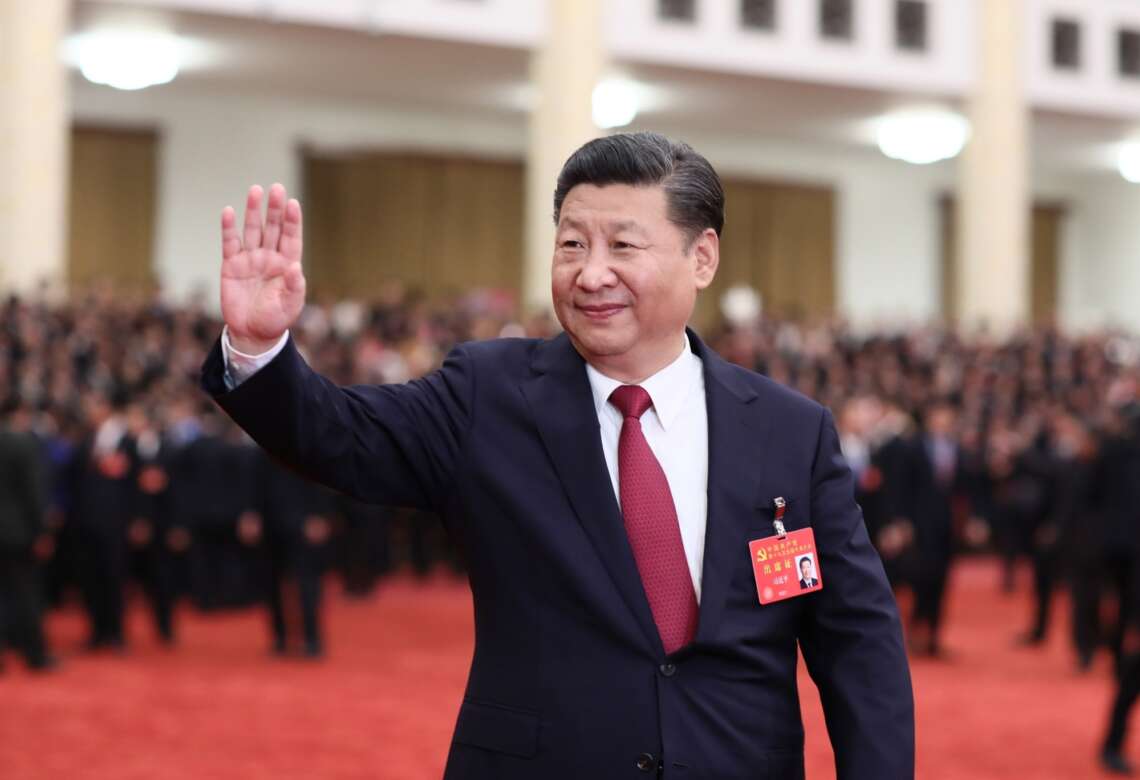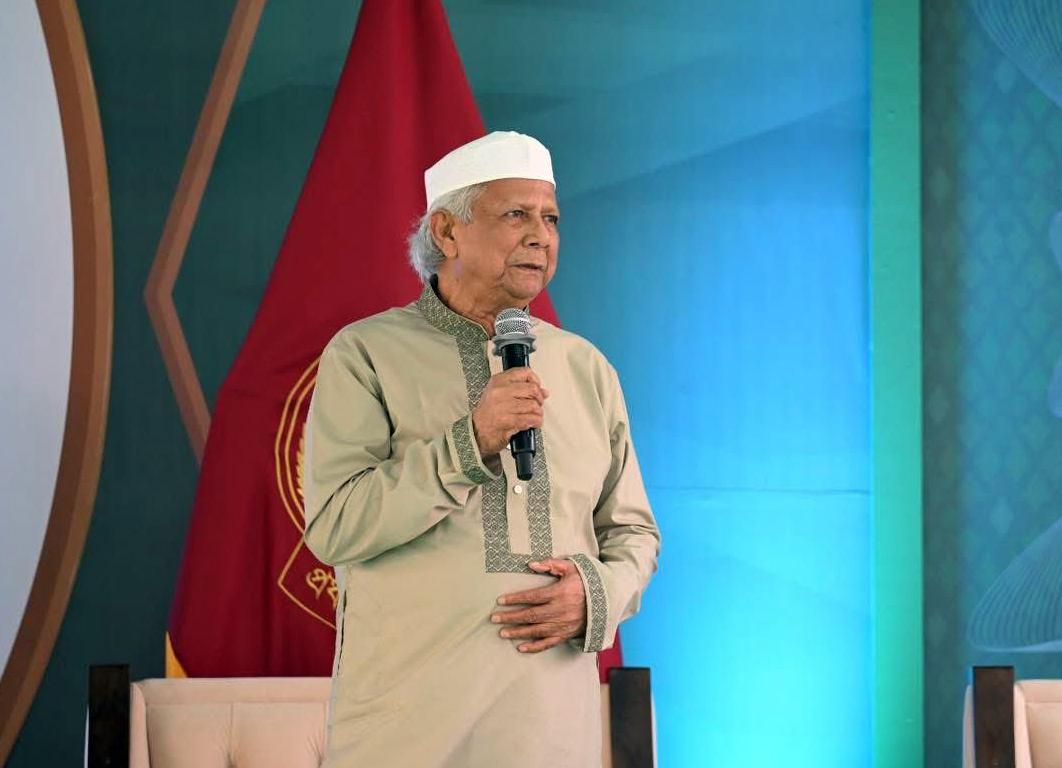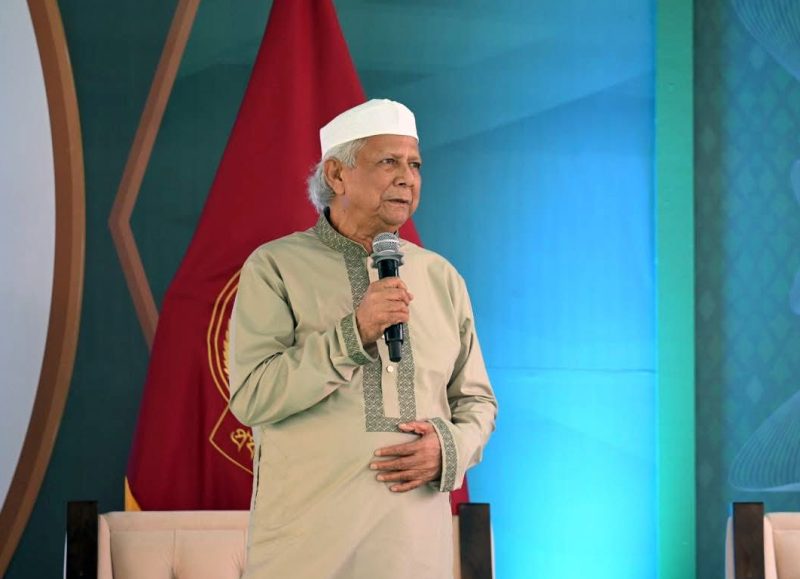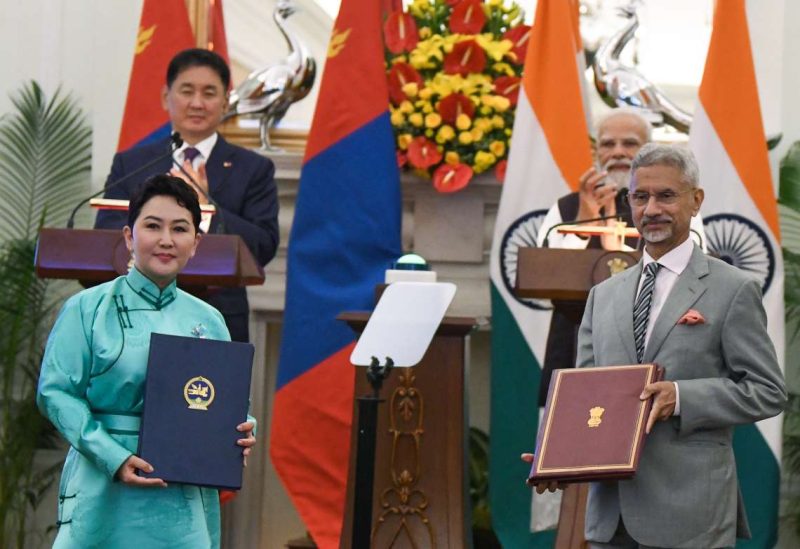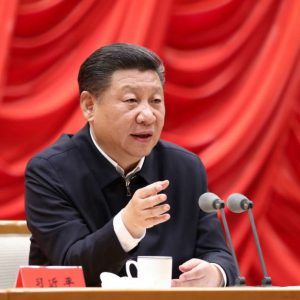China has launched the construction of the Yarlung Hydropower Project. The project, located in the geologically sensitive Pemakoe region, also known as the Great Bend of the Yarlung Tsangpo, sits in an area of dramatic elevation change — from about 2,900 meters above sea level at Pai to just 600 meters at the end of the Bend. This steep descent creates a hydroelectric potential of nearly 60,000 megawatts, which China is determined to harness despite the immense technological, environmental, and political challenges it entails … writes Dr. Rakesh Sharma
On July 19, Li Qiang, a member of the Standing Committee of the Politburo of the Communist Party of China (CPC) and Premier of the State Council (Cabinet) inaugurated the first phase of the mega Yarlung Hydropower Project; he declared that it would be “large in size, long in cycle, and far-reaching in impact,” before calling the cascade of five hydropower plants, the ‘project of a century’.
Unfortunately, the project may become merely the ‘project of the century’ for the environmental devastation it will induce. When I read the communique following Li Qiang’s visit close to the Indian border, the story of a highly realised Tibetan Lama immediately came to mind.
The Rinpoche was in retreat in Pemakoe, Tibet’s most sacred ‘hidden valley’ and the spot where Beijing plans to build the mega hydro structures; the Lama recounted: “As I was starting my afternoon meditation, I felt the earth and my little meditation house shaking intensely. I saw that the tops of my house pillars and the two roof beams were starting to separate. When all the offerings and butter lamps in the front of my altar fell down, myself and my attendant went outside and jumped into a pile of brambles.”
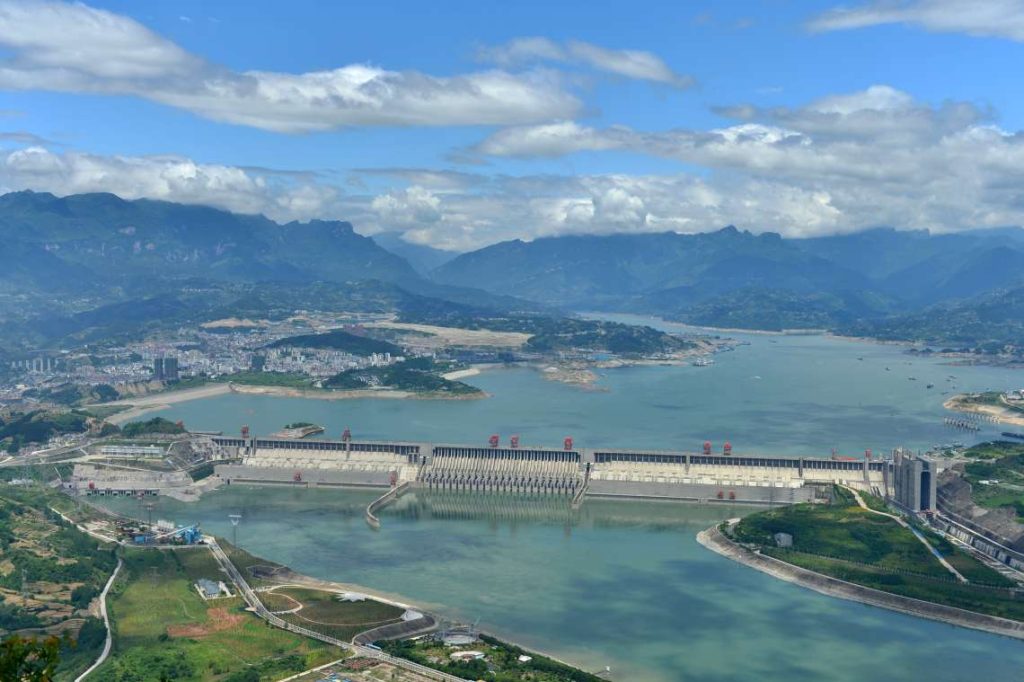
His account continues: “Due to the compassion of Guru Rinpoche [Padmasambhava] and Yeshe Tsorgyal [the Guru’s consort] we were not pierced by any of the thorns. As we were shaken away from the retreat house the foundations collapsed. Afterwards, the whole region, the entire mountainside had eroded and the land from mountain to river was destroyed. All the trees were uprooted and many animals and birds had been killed. The valleys were full of avalanche snow and the upper waters of the Tsang po river were penned in and rose up.”
It was on August 15, 1950; the Assam-Tibet Earthquake of a magnitude of 8.7 on the Richter scale, struck most of the areas in Southern Tibet, including Pemakoe; the epicenter being north of Anjaw district of today’s Arunachal Pradesh.
There is no doubt that this area remains highly seismic, and that the hydro-power plants (HPPs) will be built close to the Indian border.
It is unfortunate but China seems to have decided to proceed for the controversial construction; of course, it involves a lot of money and today money is the master of New China.
According to news agencies, the opening ceremony of the project on the lower reaches of the Yarlung Tsangpo (YT) was held in Milin County of Nyingchi City in today’s Tibet Autonomous Region.
“At the dam site of the Miling Hydropower Station, (probably near Pai Township), Li Qiang inspected the construction site and the equipment, “he listened to the report on the development of hydropower projects as well as the scientific and technological research undertaken,” the reports said.
The main characteristic of the Pemakoe area, known as the Great Bend of the Yarlung Tsangpo, is the difference of altitude between the beginning of the Bend at Pai, located at 2,900 meters above sea level and only 600 meters at the end, 60 km away as the crow flies, where the river enters India and becomes the Siang. This creates a hydro-potential of 60,000 megawatts, which China has decided to utilize despite the seemingly insurmountable technological, environmental and political difficulties.
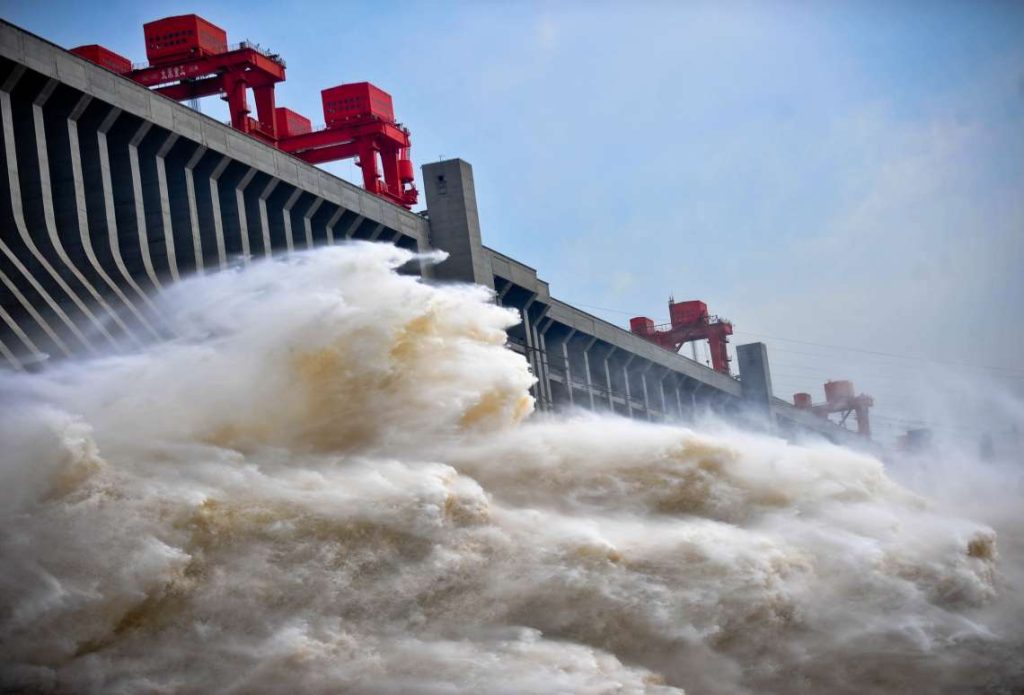
A few days before Li Qiang’s visit, a new industrial conglomerate, the China Yajiang Group was created in Beijing for the purpose of building the five dams. Zhang Guoqing, member of the Politburo, unveiled the company’s by-laws: “from a strategic and overall perspective, it is an important measure to thoroughly implement the overall national security concept, the new energy security strategy and the Party’s Tibet governance strategy in the new era,” he affirmed.
Xinhua admits that the project, which will consist of a cascade of five run-of-the-river HPPs with water being diverted via tunnels, is located in a geologically extremely fragile area. The total investment is estimated at about 167.8 billion U.S. dollars.
The secretary-general of the State Council, Wu Zhenglong had explained that the project will primarily deliver electricity for external consumption while taking into account Tibet’s local needs. The evacuation of the power produced will certainly remain a major technical issue, though China has made a great deal of progress in this domain. The project is to end near Baibeng (also known as Drepung), a few kilometres north of the Indian border.
It should be noted that the route of the diversion will run close to the Doshung-la tunnel and the new G219 which links Xinjiang to Mainland China along Tibet’s Southern borders; the opening of a new road via the tunnel to Metok in 2021, will greatly facilitate the HPPs’ construction. In the 1950s, the G219 was known as the Aksai Chin road (crossing over India’s territory in Ladakh).
In recent weeks, information filtered out about the destruction of several roads by monsoon rains created havoc in Metok County. The subsequent floods badly affected roads from the first week of July to the last week of August.
To give a few examples: on June 18, a road collapse occurred in Metok County. Video footage showed a section of the Zamo highway sliding into the nearby surging river. The ‘Zamo highway’ is part of China National Highway 219 (G219) which connects to Metok County in the vicinity of the Yarlung Tsangpo Gorge. The highway passes through a geologically active area prone to landslides… where the HPPs will be constructed.
On July 8, a mudslide struck Samdrenkha village in Guthang Township, Metok County, blocking several roads and damaging farmland as well as residential areas.
On July 30, a heavy downpour triggered multiple mudslides on the G559 Bomi-Metok highway. Emergency rescue and road maintenance had to be carried out by the Bomi Maintenance Department.
One of the many issues that China will face while constructing the HPPs is the management of the muck.
To find flat areas to dump the muck is practically impossible due to absence of flat areas near the river and the terrain’s strong gradient.
Has Beijing shared its research and findings with India and Bangladesh? Apparently not.
Usually, Chinese tunnel projects in mountainous regions are regulated. Though over the past two decades, China has made significant progress by integrating geotechnical science, environmental engineering, and policy-driven planning, in the case of Pemakoe area, the terrain is far too difficult. For its neighbors, these are serious reasons to be deeply concerned.


